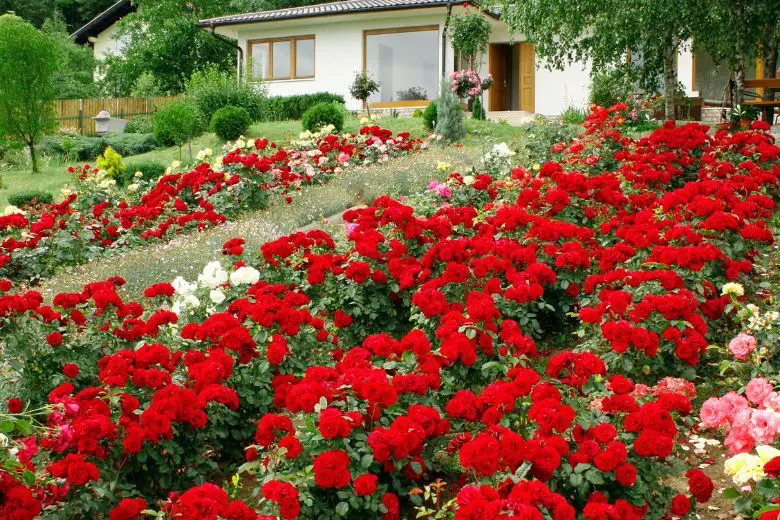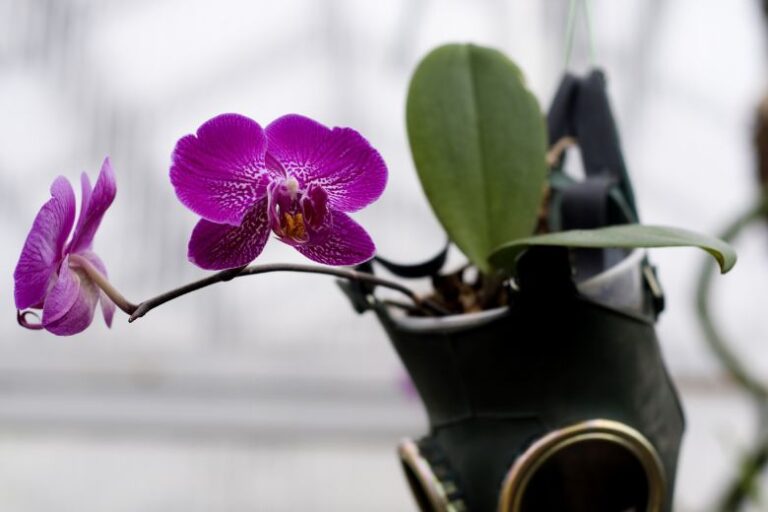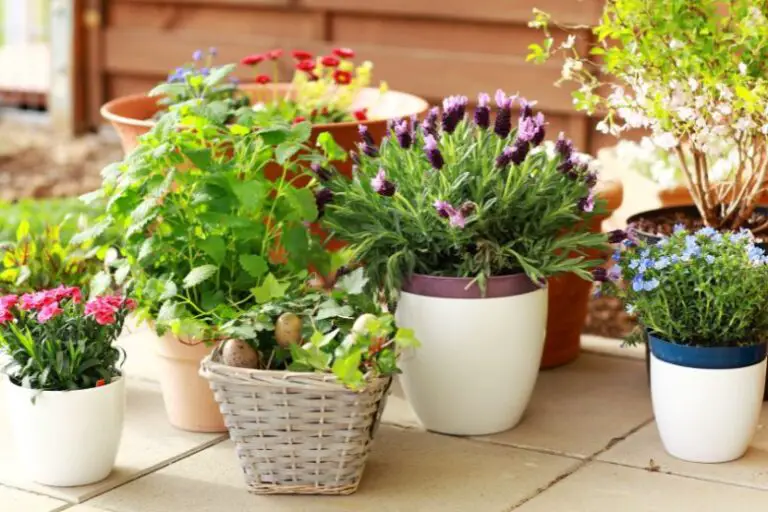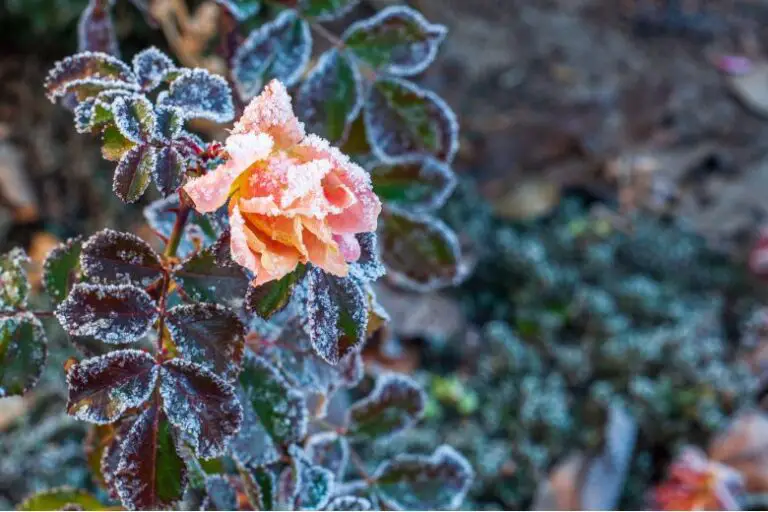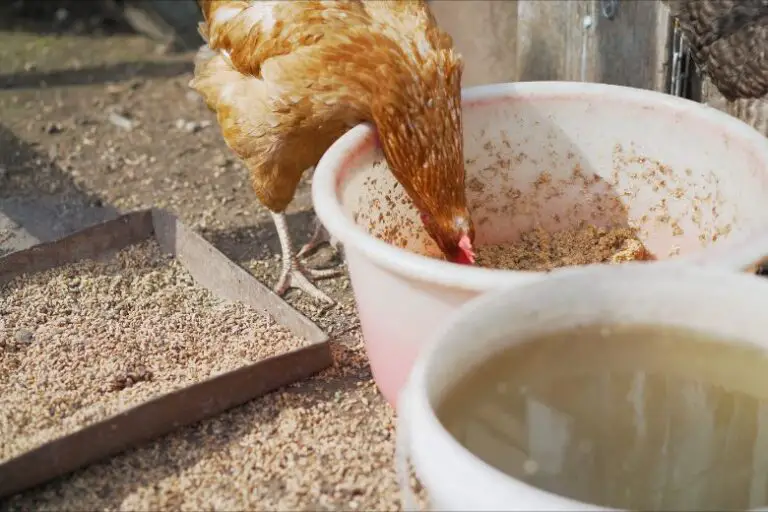When to Plant Roses in Texas
Welcome to the enchanting world of Texas rose gardening! Roses are known for their timeless beauty and captivating fragrance, making them a favorite among gardeners. However, to ensure your roses flourish, you must choose the right time for planting. In this guide, we will explore the best practices for planting and caring for roses in the Lone Star State, with a focus on maximizing their growth and bloom potential.
Understanding Roses
Before diving into the planting timeline, it’s crucial to understand the types of roses that thrive in Texas. Due to the state’s diverse climate and soil conditions, certain varieties perform better than others. For instance, heat-tolerant roses such as Knock Out Roses and Antique Roses are popular choices. Ensure you select disease-resistant varieties suitable for your specific region.
Roses also require well-draining soil and a sufficient amount of sunlight to blossom. Adequate watering and periodic pruning are essential for maintaining healthy rose bushes throughout the year.
Seasonal Timing for Planting
Texas experiences varying climatic conditions throughout the year, making it essential to time your rose planting correctly. The two most favorable seasons for planting are spring and fall. Spring planting allows the roses to establish their root systems before the scorching summer heat arrives. On the other hand, fall planting takes advantage of the cooler temperatures, enabling the roots to develop before winter.
Avoid planting roses during extreme weather conditions, such as the peak of summer or winter. High temperatures can stress the young plants, while freezing temperatures can damage the root system.
Preparing for Planting
Before heading to the nursery, ensure you have selected a suitable planting location. Roses require at least six hours of sunlight daily, so choose an area with ample sunshine. Additionally, ensure the soil is well-draining and rich in organic matter. If your soil lacks nutrients, consider amending it with compost or well-rotted manure.
Select healthy rose plants with robust stems and green leaves. Avoid buying roses with discolored or wilting foliage, as they may struggle to establish themselves in the garden.
Step-by-Step Planting Guide
Now that you have chosen the right roses and prepared the planting site, it’s time to plant them. Follow these steps for a successful planting process:
- Dig a hole that is twice as wide and deep as the rose’s root ball.
- Add a mix of compost and organic fertilizer at the bottom of the hole.
- Gently remove the rose plant from its container, being careful not to damage the roots.
- Place the rose in the hole and fill it with soil, patting it down firmly.
- Water the newly planted rose thoroughly to help settle the soil around the roots.
Caring for Young Roses
In the initial weeks after planting, young roses need extra care to establish themselves. Water them regularly, especially during dry spells, and ensure proper drainage to prevent root rot. Applying a layer of mulch around the base of the plants helps retain moisture and suppresses weeds. Keep an eye out for pests and diseases, and take prompt action if any issues arise.
Pruning Techniques
Pruning plays a crucial role in shaping the growth of roses. The best time to prune roses in Texas is during late winter or early spring before new growth emerges. Different types of roses may require slightly different pruning methods, so it’s essential to understand the specific needs of your rose variety.
Nourishing and Feeding
To ensure your roses stay healthy and vibrant, they need regular feeding. Fertilize them every few weeks during the growing season, using either organic or chemical fertilizers. Be cautious not to over-fertilize, as it can lead to excessive foliage growth at the expense of blooms.
Dealing with Texas-Specific Challenges
Texas’s climate can present unique challenges to rose gardeners, such as scorching summers and high humidity levels. Choosing heat-resistant rose varieties and providing adequate water and shade can help combat the intense heat. Proper ventilation and spacing between plants can also minimize the risk of fungal diseases that thrive in humid conditions.
Maximizing Rose Blooms
If you wish to see a profusion of blooms throughout the growing season, encourage repeat flowering by deadheading spent blooms regularly. Certain rose varieties, such as climbing roses, need support structures to grow properly and produce an abundance of flowers.
Troubleshooting Common Problems
Yellowing leaves can be a sign of nutrient deficiencies, while various pests like aphids and thrips can cause damage to your roses. Identifying these issues early and taking appropriate measures can help keep your roses healthy and thriving. Additionally, black spot and powdery mildew are common fungal diseases that can affect roses in Texas. Regularly inspect your plants and use appropriate fungicides to combat these problems.
Propagation Techniques
If you’re eager to expand your rose garden, you can propagate roses through various methods. Growing roses from cuttings and using grafting techniques are popular approaches, though they require some expertise and patience.
Frequently Asked Questions (FAQs)
FAQ 1: Can I plant roses year-round in Texas? While you can plant container-grown roses throughout the year, it’s best to avoid extreme weather conditions like the peak of summer or winter for successful establishment.
FAQ 2: How often should I water my roses during the summer? During hot summer months, water your roses at least twice a week, ensuring deep watering to reach the root zone.
FAQ 3: What is the best way to protect roses from freezing temperatures? Covering your roses with blankets or burlap during freezing temperatures can offer protection from frost.
FAQ 4: How do I deal with aphids and other common pests? To combat pests, you can use insecticidal soaps or horticultural oils, or encourage natural predators like ladybugs.
FAQ 5: When is the best time to transplant roses in Texas? The ideal time for transplanting roses is during their dormant season, either in late winter or early spring.
Conclusion
With the right knowledge and techniques, planting and caring for roses in Texas can be a rewarding experience. Remember to choose the appropriate varieties, follow the seasonal planting guidelines, and provide proper care to enjoy a blooming and beautiful rose garden throughout the year. Happy gardening!

